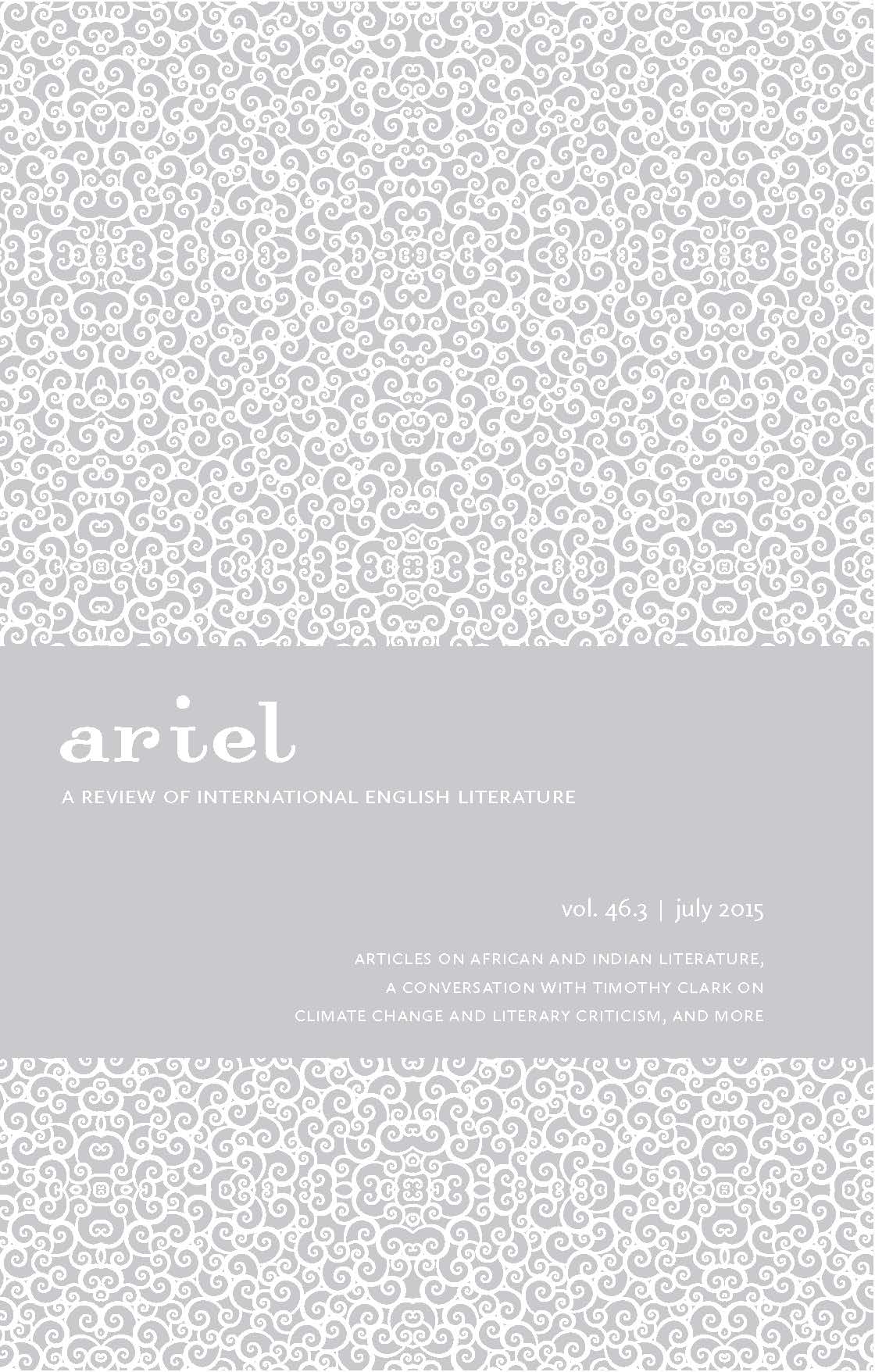“How Did I End Up Here?”: Dynamic Cartography in Dinaw Mengestu’s <i>The Beautiful Things that Heaven Bears</i>
Keywords:
Dinaw Mengestu, contemporary novel, cartography, globalization, Washington D.C.Abstract
This article considers the principle of relation in Dinaw Mengestu’s The Beautiful Things that Heaven Bears in order to suggest that the novel brings narrative and mapping practices closer together. I develop this relational reading by connecting Edouard Glissant’s work on the poetics of relation to David Harvey’s conception of relational spacetime, arguing that the novel’s fragmented and elliptical narrative embodies these principles. As a result, it generates what I call dynamic cartography, a mode of space-writing characterized by fluidity, mobility, and disjunction. Reading this text through the framework of relation shows how Beautiful Things deploys maps and other cartographic ephemera to negotiate and mediate geographical upheavals such as diaspora and gentrification; more broadly, it reveals how the literature of globalization functions as a form of cartography, a representation of space that conditions our understanding of the world. Ultimately, this reading suggests that as space becomes increasingly dynamic and disjunctive, so too do the forms that represent that space.


